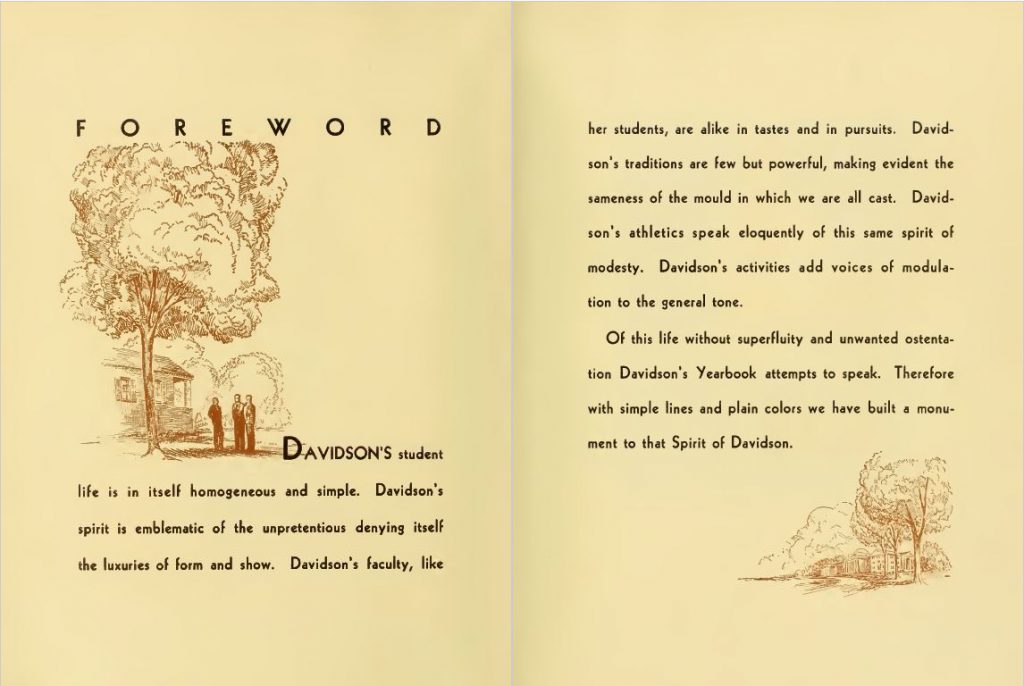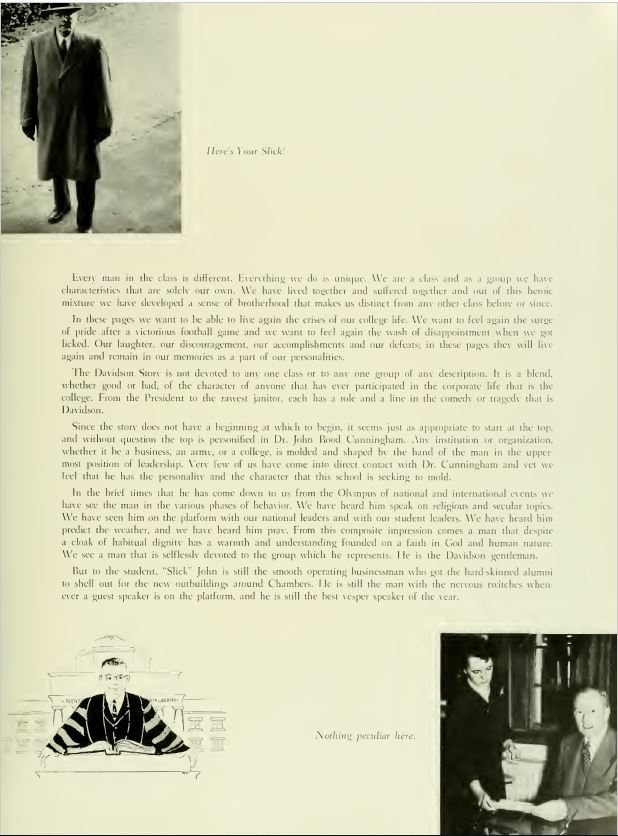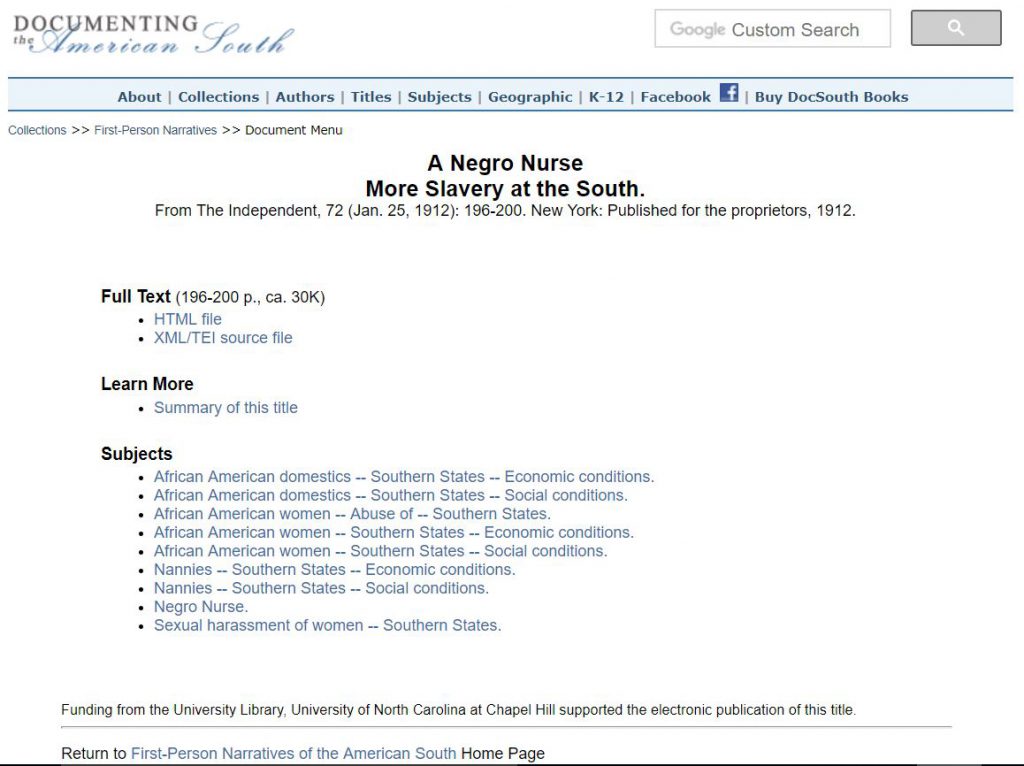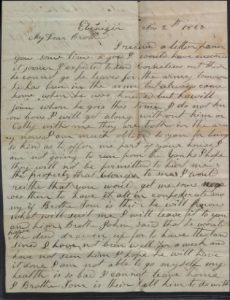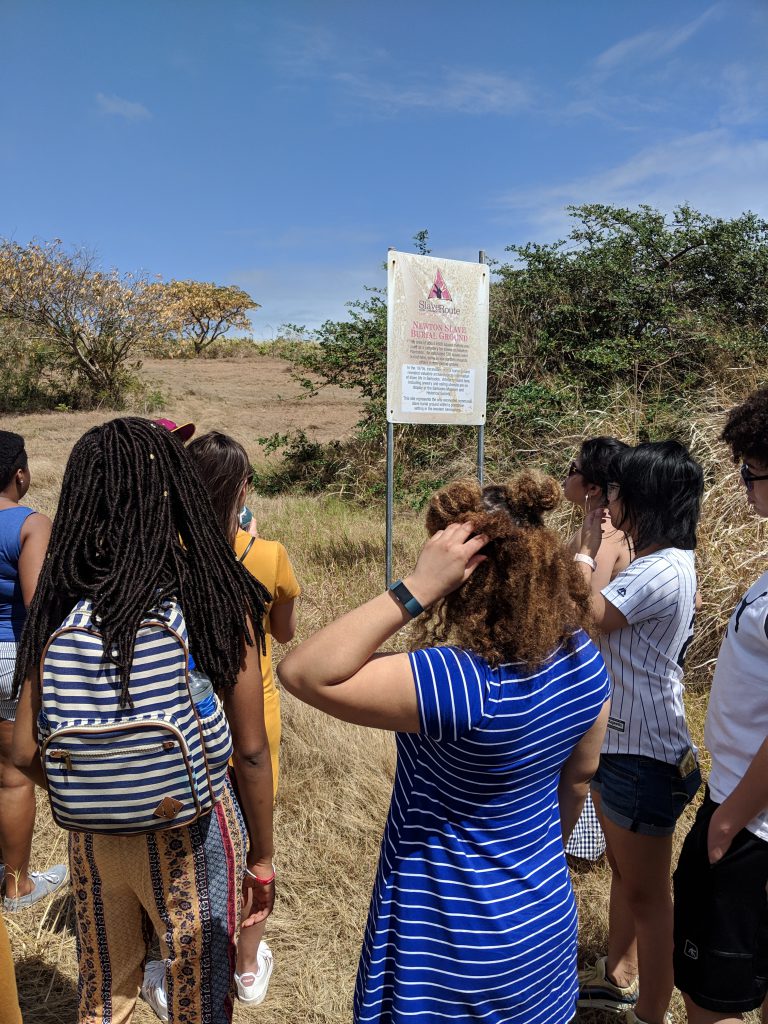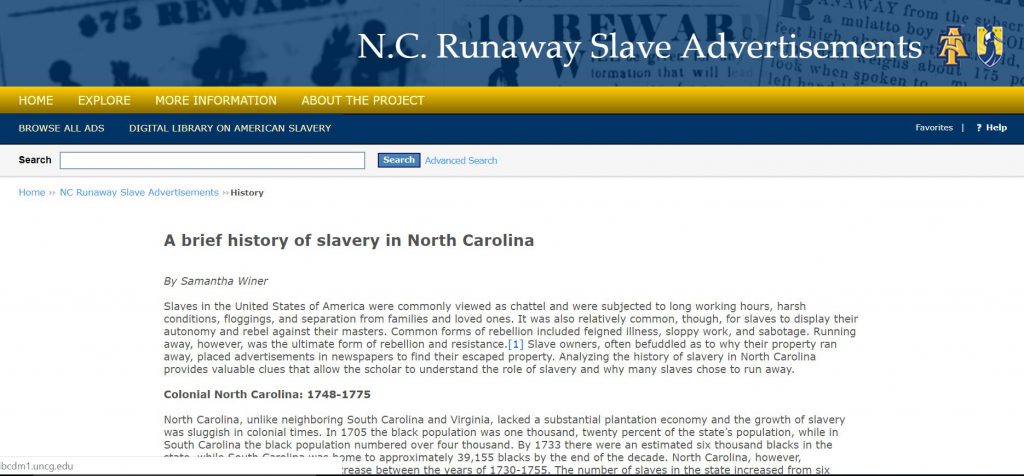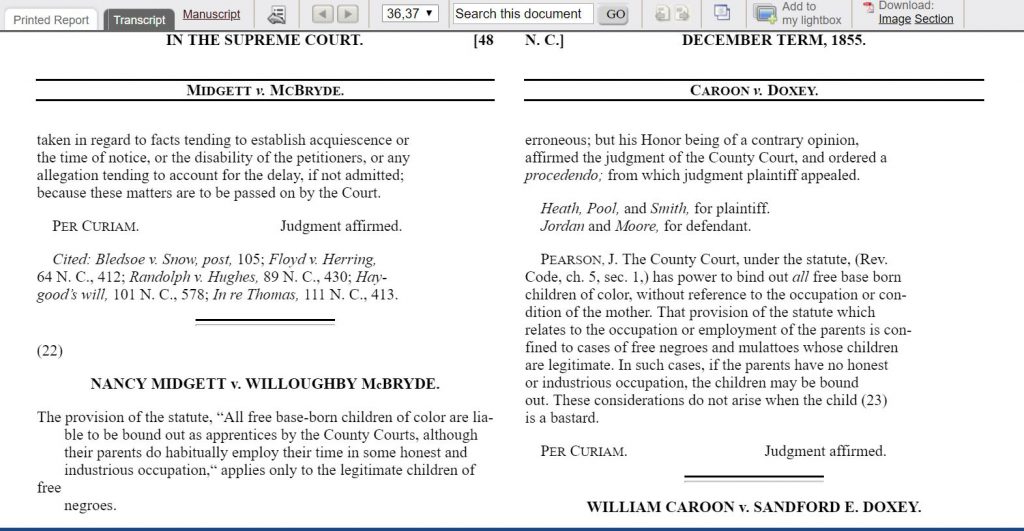Hello! I’m Hannah Foltz, class of 2013 and current PhD student in rhetoric at the University of Texas at Austin. This summer, I’m working with the Humanities program and the Archives and Special Collections team. I’ll be scouring the College’s archives, documenting and studying depictions and erasures of marginalized populations in historical materials. Because of my disciplinary background, I am most interested in the archives’ rhetorical role, or in other terms, how the records and materials we deem worthy of saving define the im/possibilities of not only historiography, but also of popular conceptions of identity and belonging.
Last week I used the 1959–1960 Davidsonian to illustrate how editorial choices play a large role determining what is recorded as public opinion. A college paper, the Davidsionian presents an extreme example of this phenomenon, as the annual rotation of editors produced highly divergent editorial policies from year to year—all under the masthead “The News and Editorial Voice of Davidson College.”

As the 1960s progressed, and the newspaper began tackling more controversial issues—particularly civil rights, Communism, tensions in Vietnam, and the college’s ties to the Presbyterian Church—the assumed association between “editorial voice” and popular opinion became a source of anxiety for some. The 1963–1964 paper, under editor David Stitt, had assumed a decidedly liberal stance, reporting extensively on racial issues, endorsing a student-led march in support of the Civil Rights Act, and questioning the school’s religious commitments.
In the first week of March 1964, David Stitt received the following correspondence from the College president:
At the recent meeting of the Trustees the following motion was made and unanimously approved: “that the Editors of the Davidsonian be requested to remove from the masthead of that paper the words, ‘the news and editorial voice of Davidson College’ and that appropriate words in substitution thereof be worked out between the staff of the Davidsonian and the Administration of the college.”
D. Grier Martin
Trustee meeting minutes are not available for review, so perhaps we’ll never know definitively what most irked the Board. However, there are several hints that growing critiques of Christian influence were particularly disturbing to the Trustees, many of whom were ministerial representatives of the Presbyterian Church. The Davidsonian decision came at the same meeting at which the Board had decided to amend, but ultimately retain, the Christian loyalty oath required of tenure track professors, a policy the Davidsonian had strongly opposed (“The Oath,” Davidsonian 7 Feb 1964, p. 2). The retention of the oath came on the heels of a controversial National Review article (only available to institutional subscribers), which suggested that 82 percent of Davidson students experienced “anti-religious reaction.”
Furthermore, many alumni and parents had been upset by a recent campus appearance by Michael Scriven, a philosopher of science who spoke on the “Non-Existence of God” in a discussion sponsored by the YMCA. (“YMCA’s Forum Draws Avowed Atheist, Minister,” Davidsonian, 10 Jan 1964, p.1). The event, which was covered by the Charlotte Observer and the Charlotte News, provoked many devout Christian readers to send letters of protest to the editors of the Observer, News, and Davidsonian (“Area Fundamentalists Protest Athiest’s [sic] Talk,” Davidsonian, 14 Feb 1964, p. 2).

Whatever its cause, the Board’s decree led the editorial board to adopt a bulker compromise masthead : The News and Editorial Voice of the Davidson College Student Body. While the change doesn’t appear to have affected day-to-day operations, it underlines the weight carried by the term “editorial voice.” It was hefty enough that it concerned the Board of Trustees, a group with undeniably greater material control over the state of affairs than any editor of the Davidsonian. With one seemingly minor copyedit, the Davidsonian’s constituency was minimized: it was no longer the voice of students, alumni, faculty, administration, and staff. It was simply the voice of the students.

In short, the scramble over the masthead provides yet another example of how rhetorical framing matters. An editor with a wide mandate has the opportunity to dictate how history is recorded. But that power is vulnerable; it is easily hacked away with a few semantic changes. With one stroke of the pen, or in this case, a few strokes on the typewriter, editorial possibilities are foreclosed and administrative power is exerted.
